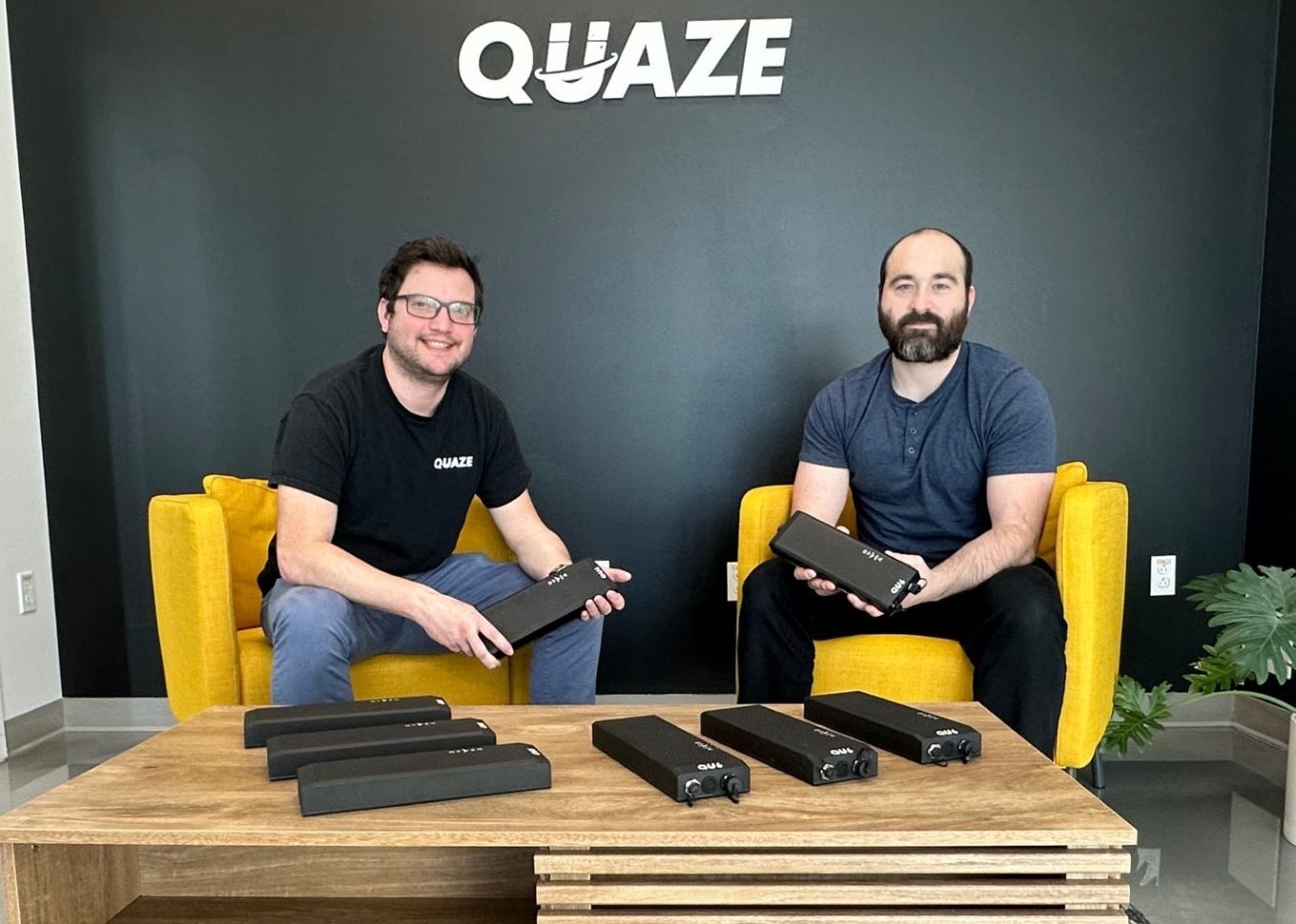Quaze Turns Nearly Anything Into A Charging Surface for Drones
Quaze Technologies has turned a theoretical idea into field-ready hardware. The company’s QU6 wireless power system, unveiled at AUSA 2025 in Washington, D.C., is now commercially available for use across land, air, and sea. For militaries trying to sustain unmanned operations in harsh, dispersed environments, it’s a meaningful step toward energy independence.
The QU6 is a turnkey wireless charging platform designed to integrate into any robotic system, regardless of size or domain. It delivers power through a modular, robot-agnostic architecture that allows drones, underwater vehicles, and ground robots to recharge without cables, contact pads, or human handling. This makes it especially useful in contested zones or remote outposts where logistics chains are thin and maintenance crews are targets.
The company claims that its technology can turn anything into a portable power station, thereby allowing flying, swimming, and crawling robots to recharge on the go. The first version involves a wireless charging mat that can be spread out on the ground where drones can land.
Quaze’s launch follows a series of defense collaborations with Rheinmetall, L3Harris, Galvion, and Vatn Systems, as well as trials with seven other robotics manufacturers. Tests have spanned Arctic cold, high-heat desert environments, and submerged operations. Across each, QU6 maintained consistent power delivery, validating it as a cross-domain enabler rather than a single-use technology.
The company describes QU6 as “the fuel pump robotics has been waiting for.” That metaphor fits. In practice, it removes a long-standing bottleneck in autonomy: the dependency on human recharging or battery swaps. With wireless transfer across wide surfaces, unmanned systems can operate continuously, establishing self-sustaining charging hubs for mobile platforms, sensor networks, and forward-deployed equipment.
“It’s the logistical answer to extending power from centralized sources that reach well into the dispersed battlespace. This creates autonomous charging stations that sustain all unmanned platforms, embedded sensor networks, and forward-deployed systems. This capability transforms how energy is distributed in contested or remote environments, making QU6 a critical enabler of sustained autonomy,” said Quaze CEO Xavier Bidaut.
If QU6 performs as claimed, it closes a key gap in the autonomy stack: power persistence. It gives defense organizations a way to project and maintain energy without lines or logistics trails, supporting endurance missions across domains. More broadly, it shifts unmanned systems from tools that need tending to assets that can truly operate on their own.


